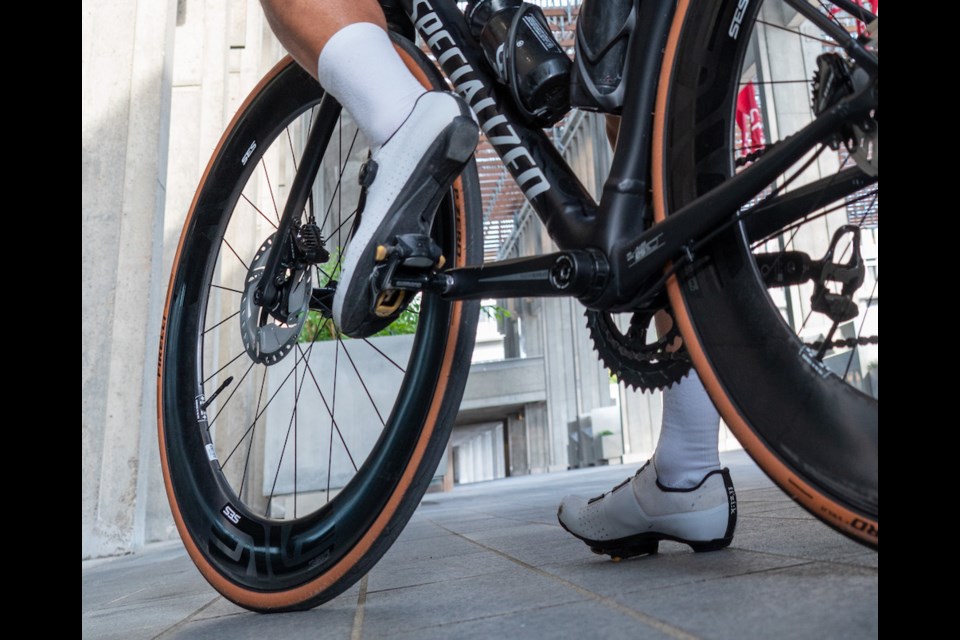Looking to get into cycling? If you've got the bike, a helmet and lights, you will also need a few necessities. Let's cover your kit (cycling jerseys and bibs), pedals and cycling shoes and head unit (cycling computers).
Caveat emptor: I am in no way an authority on equipment, bicycles or training; I am an enthusiast. It's important to remember everyone’s needs are different and that there are very few hard rules to a hobby or passion.
Kit: Jerseys and bibs
What I hear from many new cyclists is that they find the “look” (the skin-tight lycra) of experienced road cyclists intimidating. It is a look that I, myself, subscribe to, but it is certainly not for everyone. Wear what you want. As with a helmet, the only concessions are that you are safe and comfortable in your kit. I do suggest that you entertain the possibility of a bib short though, especially ones with the suspender-type straps. Bib shorts feature seat pads that can add a huge degree of comfort when cycling. The suspender-type straps function to keep the bib (and the seat pad) in the correct position. There are many stores locally that sell cycling clothes; explore them and buy what suits you best. You may even want to look at options like Veloletics and Samsarra – support local!
Pedals and cycling shoes
Perhaps the scariest part of becoming a cyclist is “clipping in.” That is, setting up a bike with pedals that connect to cleats attached to your shoes. It does certainly take some time getting used to, and without a doubt, you will fall over at some point - every cyclist does. Don’t worry about it: brush yourself off, shrug off the embarrassment, and continue riding. Most road cyclists use Shimano, Look, Time or Speedplay pedals; there are many options for each. However, some cyclists prefer to use mountain bike-type pedals. There’s nothing wrong with any of these; it is all a matter of preference. Some of you might wonder what the benefit of being clipped in is; generally, being clipped in means you can transfer more of your energy through the pedal – increasing speed, smoothness and efficiency.
Head units
Most cyclists have an overwhelming desire to track their rides. How far did they go? How fast did they go? The best way of doing this would be through a head unit. Head units feature GPS and allow you to keep track of metrics like distance, speed and elevation. They can also help you keep track of cycling metrics like heart rate, power, RPM, and training stress. More advanced units can also provide navigation functions. The two most common head unit types are Garmin and Wahoo, though there are other options like Sigma, Hammerhead or even using your cell phone.
Previously:




